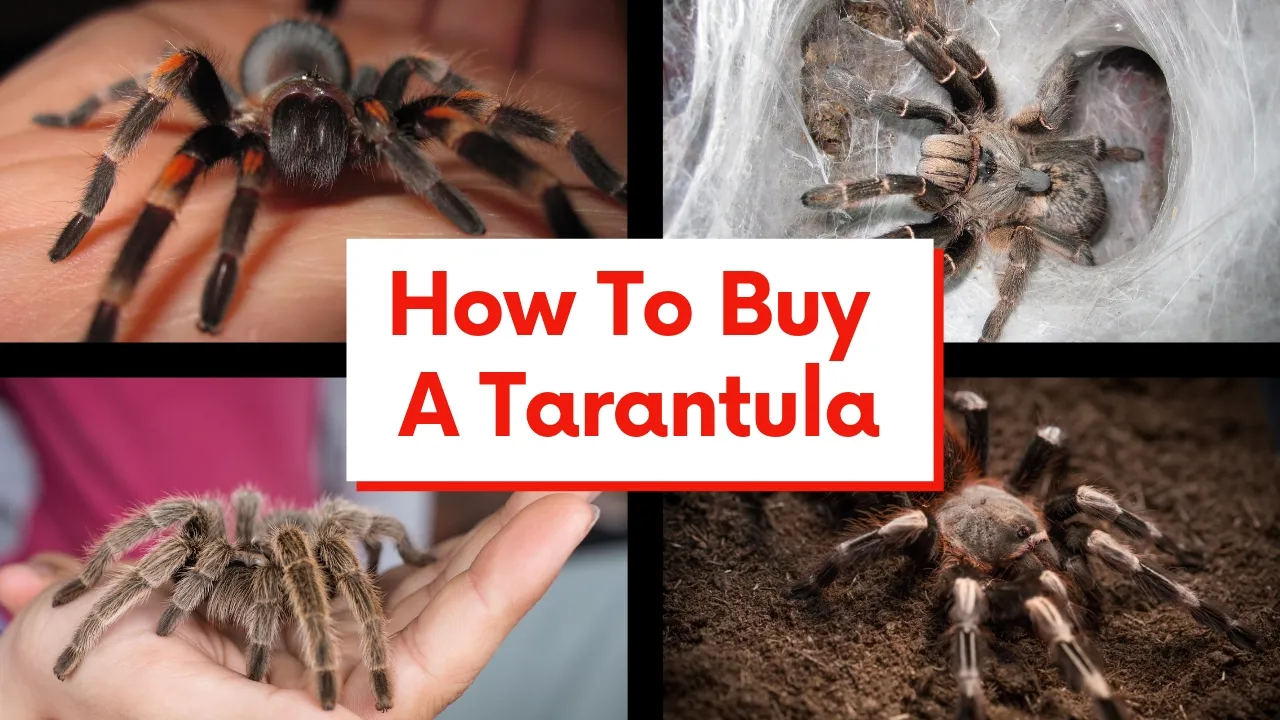Considering a tarantula as a pet? One of the first questions that pops into mind is how much they cost. The price of a tarantula isn’t a one-size-fits-all answer; it varies significantly based on several factors. From the species and size to the tarantula’s origin and health, each aspect plays a crucial role in determining the final price tag. This guide breaks down the top 5 factors that influence tarantula costs, helping you understand what to expect when budgeting for your new eight-legged companion.
What Influences Tarantula Prices
Several elements affect the cost of a tarantula, including its species, size, origin, health, and even the coloration or specific morph it exhibits. Recognizing these factors is key to making an informed decision and finding a tarantula that fits both your preferences and your budget. Understanding these key influences provides insights into what affects tarantula costs and helps prospective owners make informed decisions.
Tarantula Species
The species of tarantula is probably the most significant factor influencing its price. Some species are incredibly common and easy to breed in captivity, making them relatively inexpensive. Others are rare, challenging to breed, or newly discovered, leading to significantly higher prices. The demand and popularity of a species also play a role. The uniqueness or aesthetic appeal of a species will also significantly impact its cost.
Common and Affordable Species
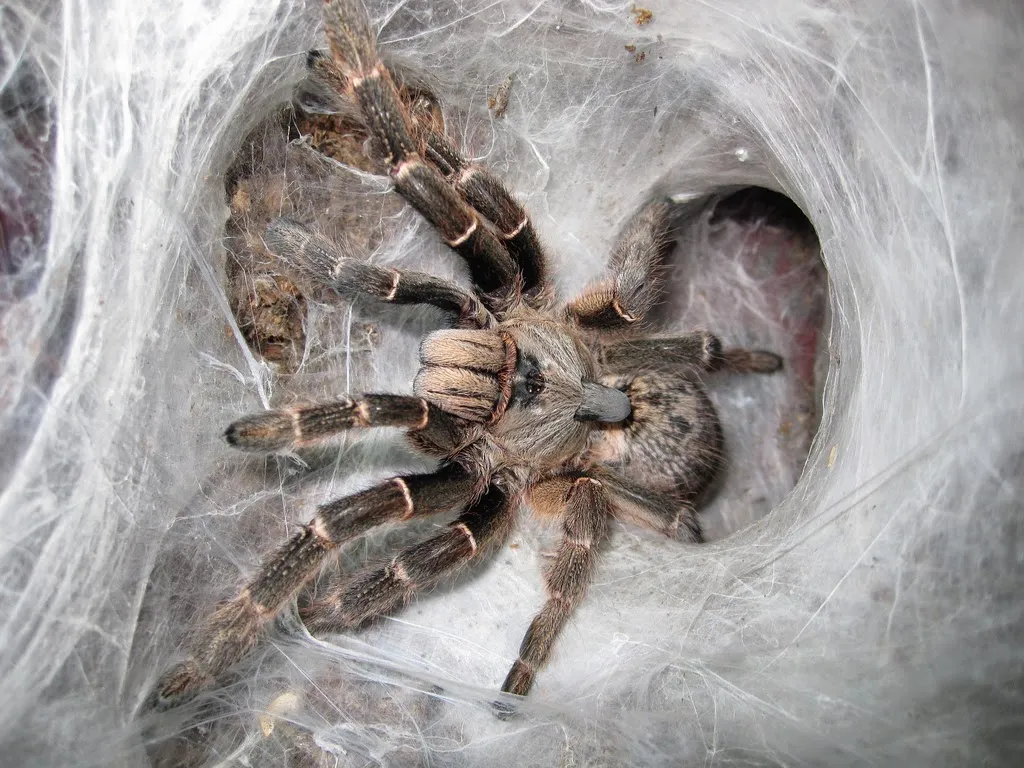
Several tarantula species are readily available and affordable for beginner keepers. These species are typically easy to care for and breed, resulting in a consistent supply. Common examples include the Mexican Red Knee (Brachypelma hamorii), the Chilean Rose Hair (Grammostola rosea), and the Curly Hair Tarantula (Tliltocatl albopilosus). These tarantulas usually range from $10 to $50, depending on their size and age. Their availability makes them a great choice for those just starting out in the hobby.
Rare and Expensive Species
On the opposite end of the spectrum, some tarantula species command significantly higher prices. This can be due to several factors, including rarity in the wild, difficulty in breeding them in captivity, or the species’ unique coloration or behavior. Examples of high-priced tarantulas include certain Poecilotheria species, known for their intricate patterns and arboreal lifestyle, and some of the more vibrant or unusual species like the Cobalt Blue (Cyaneopubescens) or the Orange Baboon tarantula. Prices for these species can range from hundreds to thousands of dollars, especially for mature specimens or those with exceptional traits. Owning a rare species requires a higher investment but provides a unique pet keeping experience.
Tarantula Size and Age
The size and age of a tarantula are important factors in its cost. Tarantulas grow through molting, and their size increases with each molt. Generally, spiderlings (baby tarantulas) are less expensive than juveniles or adults. However, they require more specialized care and are more fragile. Larger, more mature tarantulas often come with a higher price tag because they have already gone through the delicate spiderling stage, and their sex is often more easily determined.
Spiderling vs. Adult Tarantulas
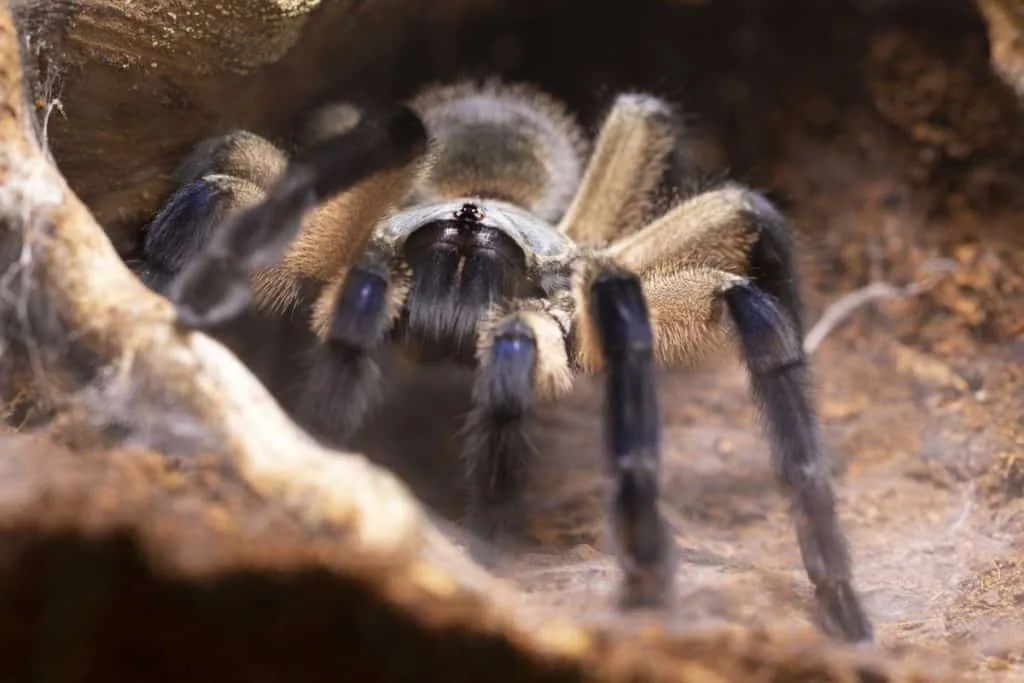
Spiderlings are usually the most affordable option. They are small, require less space, and consume less food, making them attractive to new keepers on a budget. However, spiderlings are also more vulnerable and require very specific environmental conditions to thrive. Adult tarantulas, on the other hand, are more expensive but come with the advantage of being hardier and easier to care for. Their sex is often identifiable, and their full size and coloration are known, which can be a big draw for experienced keepers.
The Impact of Size on Cost
As tarantulas grow, their prices increase. This is mainly because larger tarantulas have a higher survival rate due to their increased hardiness and because they have already passed through the more sensitive spiderling phase. The price also reflects the time and resources the breeder has invested in raising the tarantula to its current size. Adult females, in particular, can be more expensive due to their longer lifespans and potential for breeding.
Tarantula’s Origin and Availability
Where your tarantula comes from can greatly impact its cost. Captive-bred tarantulas are generally preferred for ethical and health reasons. Their price is influenced by availability, the breeder’s reputation, and the costs associated with breeding and raising them. Wild-caught tarantulas are less common in the pet trade due to concerns about conservation and potential health risks. The location of the breeder and the ease of importing the species also play a role.
Captive-Bred vs. Wild-Caught
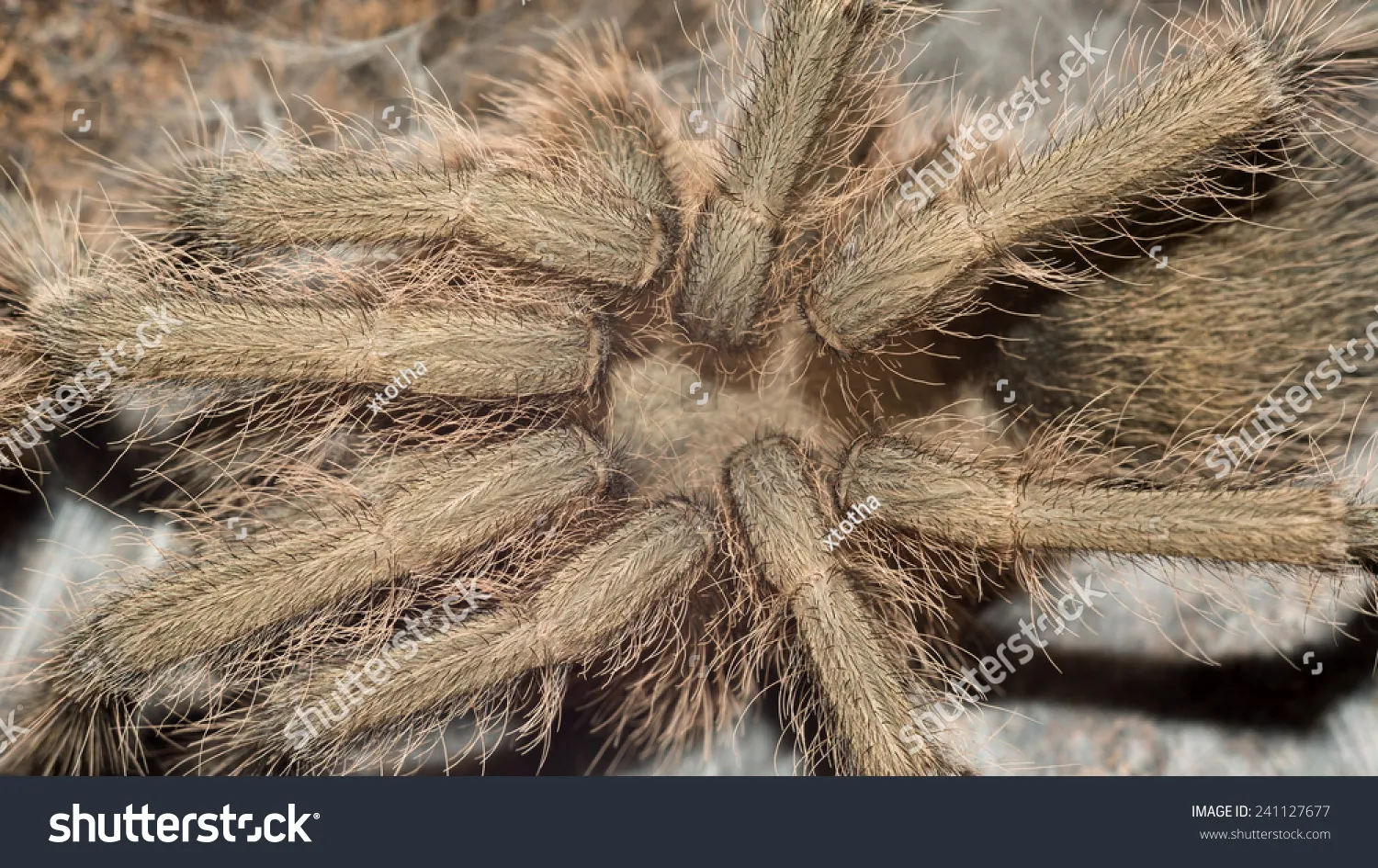
Captive-bred tarantulas are typically more expensive than wild-caught ones because they are raised in controlled environments. This ensures the tarantula is healthy and free from parasites and diseases common in the wild. Buying from a reputable breeder also reduces the risk of purchasing a tarantula that has been stressed by the capture and transport process. Wild-caught tarantulas are sometimes available at lower prices, but they may carry health risks and are not recommended for beginner keepers.
Availability and Demand
The law of supply and demand directly affects tarantula prices. When a species is in high demand but the supply is limited, prices will increase. Conversely, if a species is easily bred and readily available, its price will remain lower. Seasonal fluctuations and regional availability can also influence costs. Some tarantula species are easier to acquire in certain areas and during particular times of the year.
Tarantula’s Health and Condition
A healthy tarantula will almost always be more expensive than one that is sick or appears unhealthy. It is important to be able to recognize the signs of a healthy tarantula to ensure that you are investing in a thriving pet. The health of a tarantula influences not only the price but also the long-term costs associated with its care. A healthy tarantula will require fewer veterinary visits and is more likely to thrive in its new home.
Signs of a Healthy Tarantula
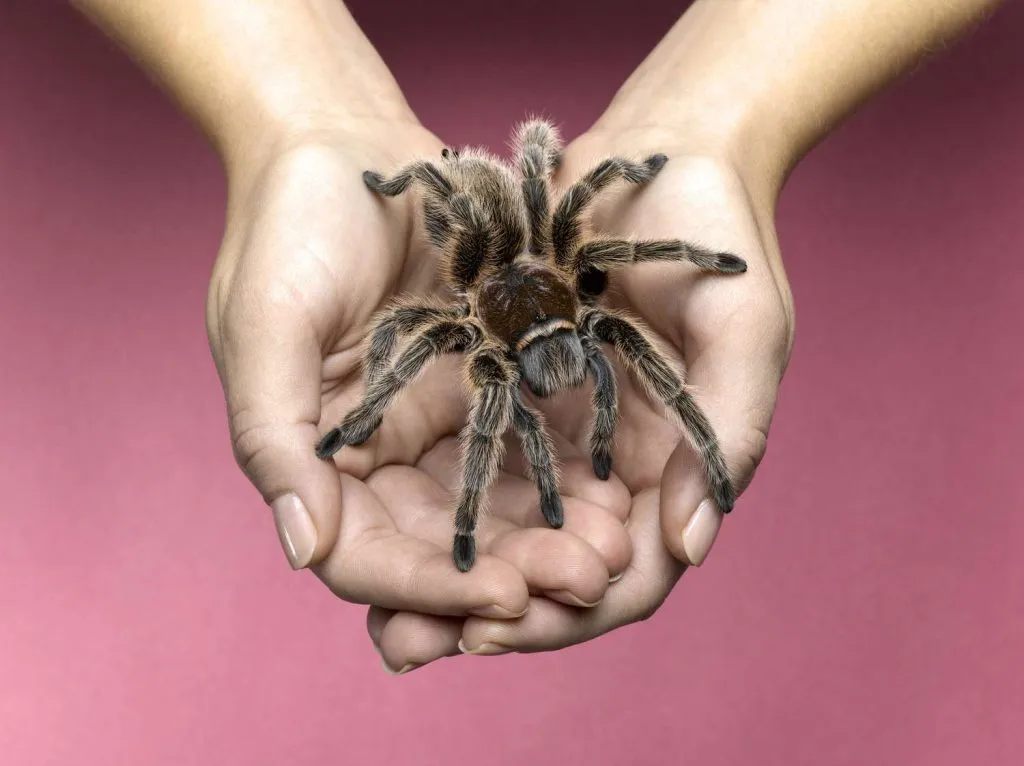
A healthy tarantula exhibits specific behaviors and physical characteristics. Look for an alert posture, a plump abdomen, and a clean enclosure. The tarantula should be active and responsive to stimuli. It should also have a healthy appetite and readily consume its prey. Ensure that the tarantula’s fangs appear intact, and its legs are free from deformities. A healthy tarantula will also have a vibrant appearance, with colors appropriate to its species.
The Risks of Buying Unhealthy Tarantulas
Purchasing an unhealthy tarantula can lead to various problems. The tarantula may have a short lifespan or require expensive veterinary care. It may be prone to diseases, such as fungal infections or mites. Unhealthy tarantulas may not eat, grow, or molt properly. Be sure to inspect the tarantula and its enclosure carefully before buying. Consider whether the seller is knowledgeable and reputable.
Tarantula’s Coloration and Morphs
Some tarantulas exhibit unique color variations, or morphs, which can significantly increase their value. These morphs are often the result of selective breeding. The rarer the coloration or pattern, the higher the price. Tarantula keepers often seek unusual colors or patterns, which contribute to the overall cost. These variations are the result of genetic mutations, making the tarantulas more desirable and valuable to collectors.
The Rarity and Desirability
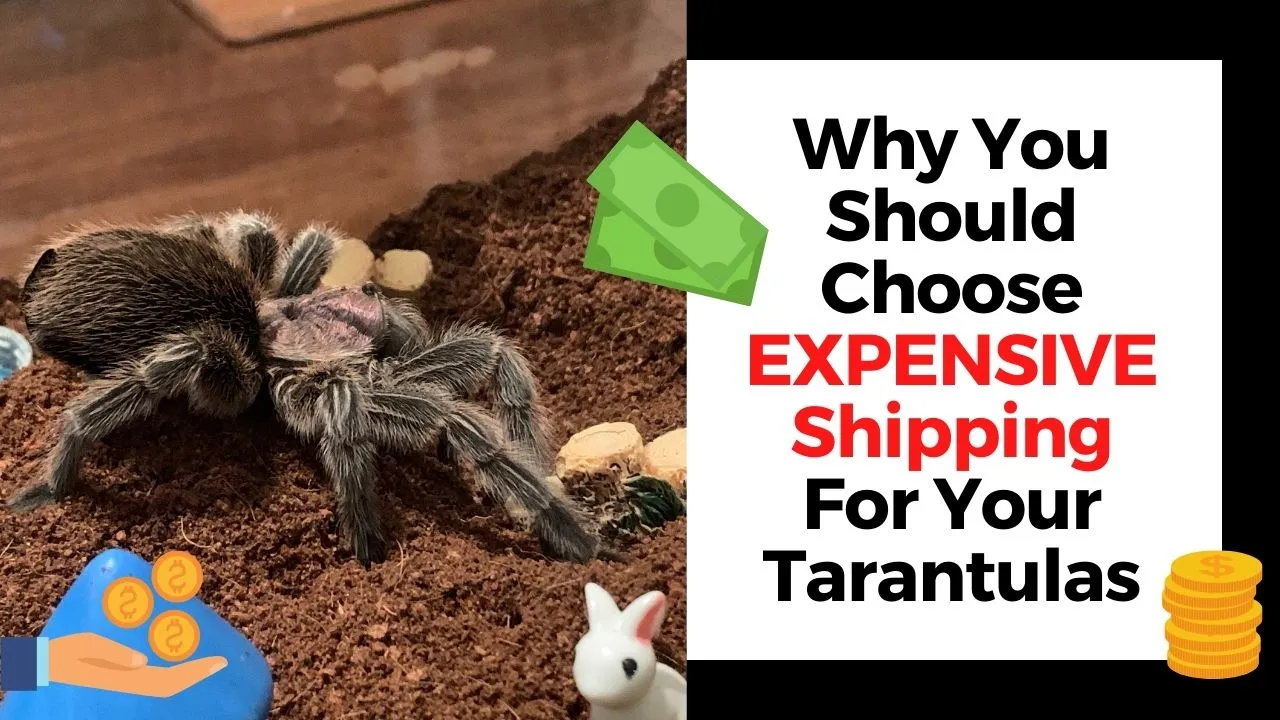
The rarity of a particular color morph, or the degree to which the color differs from the standard appearance of the species, influences the price. Some morphs are only available in specific bloodlines or are the result of specific breeding programs. Because of their unique appearance, these tarantulas become highly desirable. Demand from collectors also drives up prices, especially for morphs that are difficult to breed or reproduce.
Impact on Price
The presence of a rare color morph will undoubtedly increase a tarantula’s price. The price increase depends on the rarity of the morph, its aesthetic appeal, and the overall demand for the species. Breeders will often price these tarantulas higher to reflect their rarity and the effort required to produce them. If you are looking for a tarantula with exceptional coloration, be prepared to pay a premium. The investment is often worth it for collectors.
In conclusion, the cost of a tarantula varies widely based on a combination of factors, including species, size, origin, health, and unique traits. Understanding these elements will help you make an informed purchase. Researching different species, comparing prices, and ensuring the tarantula’s health will ultimately lead to a rewarding experience. Owning a tarantula can be an enriching experience, bringing unique joy. So, go ahead and choose your eight-legged friend!
